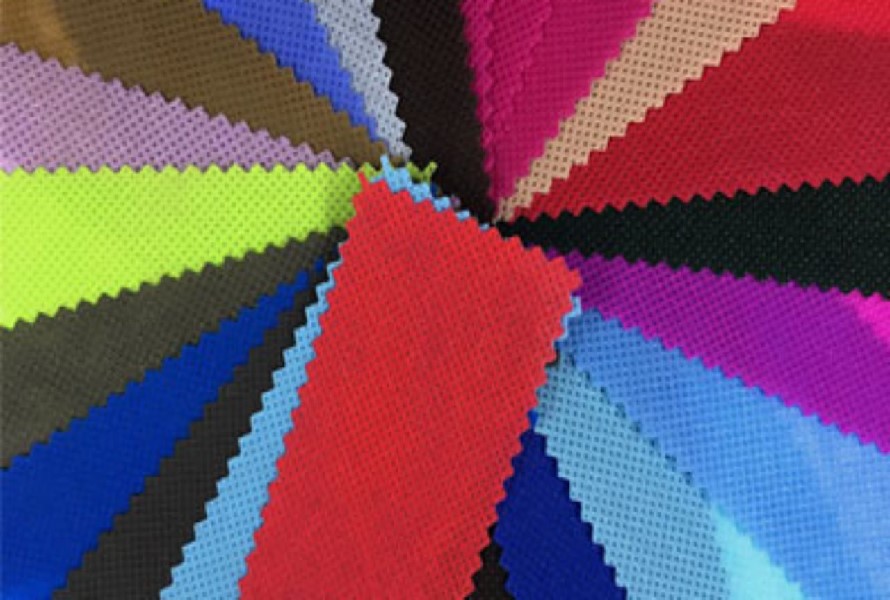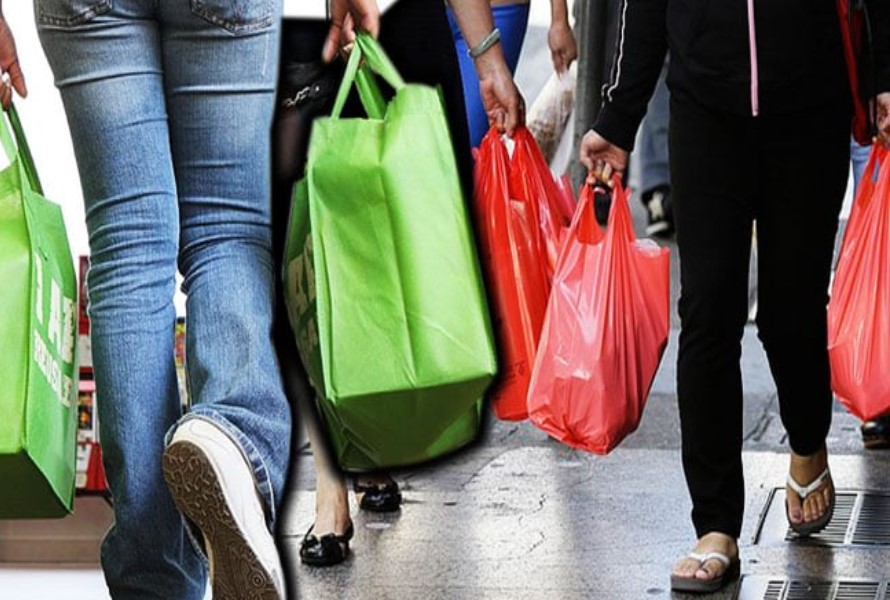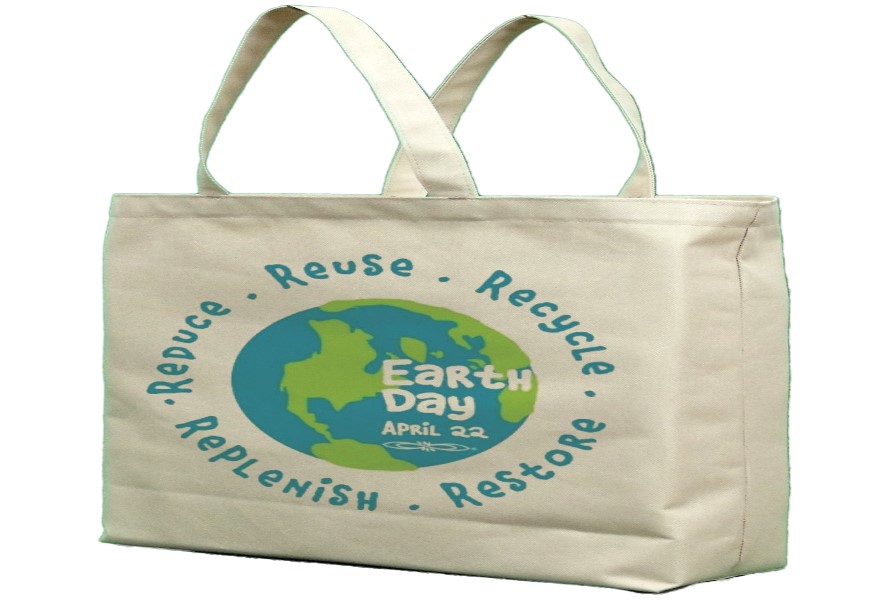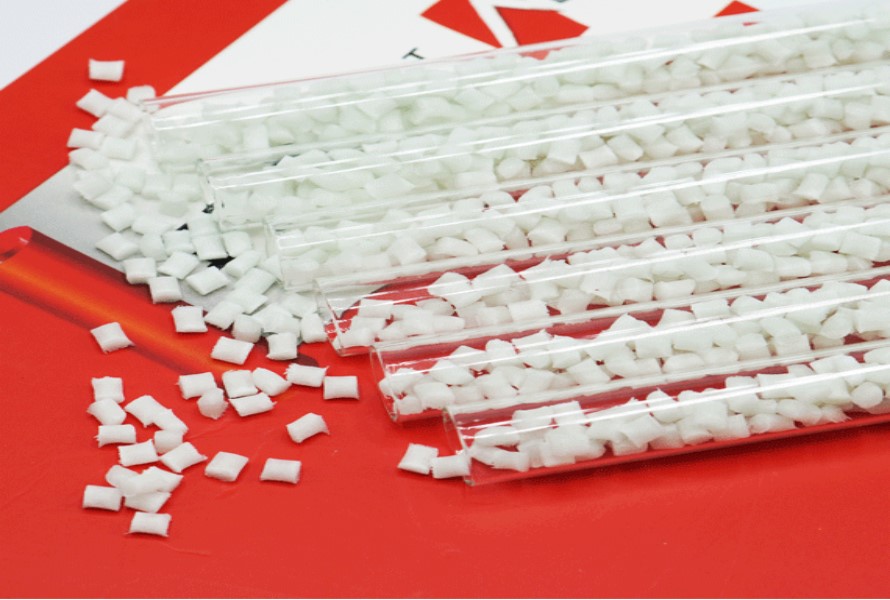The argument over whether non woven polypropylene is ecologically beneficial has been going on for a long time; some people think it is, while others don't. When evaluating its environmental effect, factors including the production process, use, and disposal techniques must be taken into account.
Besides reusing non woven PP products to reduce waste and save money, recycling is a must to reduce landfills and protect the environment. This article will delve into the details of the recycling process. Follow along!
1. Overview of Non Woven Polypropylene
Non woven polypropylene is a flexible, solid fabric created by spinning and pressing polypropylene polymers into long, fluffy threads. This technique gives the cloth a canvas-like weave texture that is both breathable and pleasantly soft to the touch. The fabric is also durable and flexible. Non-woven PP has a long-lasting color and texture and is easy to screen print for graphics.
Read more:
Nonwoven Fabric: You Might Not Know These 8 Types
Process Of Making Non Woven Fabrics You Should Know

Non woven polypropylene fabric
2. Step-by-step to Recycle Non Woven Polypropylene
Recycling non woven polypropylene includes the following steps:
Non woven polypropylene materials used in shopping bags, medical textiles, and disposable wipes will be collected. They will be gathered separately from other waste to avoid cross-contamination during recycling. This procedure involves keeping non-woven PP apart from different plastics and impurities like dirt or food.
A shredder or granulator is used to shred the non-woven PP fabric into manageable pieces. Additional machinery, such as mills or crushers, may be used for optional size reduction in order to process the fabric more effectively and further break it up into tiny pieces.
Vibratory screens or air classifiers are used to separate the individual polypropylene fibers from non-woven PP. In order to guarantee that the fibers are pure and devoid of pollutants, further washing, and sieving are subsequently carried out.
The material is then washed and dried. It ensures that non woven polypropylene is free of dirt and moisture. The moisture content should be reduced to 3 to 5%.
In order to create new non-woven PP products, the cleaned and separated polypropylene fibers are melted and then extruded into liquid form. From there, they are formed into pellets or granules. Optional additives such as colorants, stabilizers, or processing agents might be added to improve the quality of the new material.
New non-woven textiles and other goods, including packaging or industrial parts, are some examples of products made from recycled PP pellets. New non-woven textiles are made by respinning the fibers into new threads and bonding them. Depending on the quality of the processed materials, the pellets can also be utilized in less important applications, such as building or industrial products.
3. Impacts & Benefits of Recycling Non Woven Polypropylene
The energy-intensive process of producing polypropylene uses a lot of water and fossil fuels, which adds to greenhouse gas emissions and climate change. In landfills, non woven polypropylene might take hundreds of years to break down since it is not biodegradable. Thus, recycling this material can bring lots of benefits.
First, non woven PP has several advantages for the environment. Particularly for single-use goods like shopping bags and medical fabrics, it lessens the amount of plastic waste that ends up in landfills and the environment.

Using non woven PP bag instead of plastic bags can benefit the environment
Recycling conserves natural resources and lowers carbon emissions since it uses less energy than creating new PP from petroleum. Moreover, it lessens pollution, particularly plastics' detrimental impacts on marine life. Non-recycled plastics lead to "plastic pollution," hurting wildlife and ecosystems. By lowering the need for virgin PP, recycling also helps to conserve natural resources and lessens the environmental impact of raw material extraction and processing.
Secondly, non-woven polypropylene recycling has a number of financial advantages. It may reduce manufacturing costs and generate employment in industries such as processing, cleaning, sorting, and waste collecting. It encourages green jobs and boosts regional economies.
Additionally, recycled PP may be utilized in ecologically friendly product creation and sustainable manufacturing, which lowers production costs. As businesses target customers who value sustainability, the market for recycled PP materials expands in tandem with the rising demand for sustainable products. All things considered, recycling PP has several financial advantages, including lower costs, the creation of jobs, and an expanding market for eco-friendly goods.

Recycling non woven PP is essential
However, there are challenges in recycling, including contamination issues, the cost of collecting and sorting, and limited infrastructure. Because non-woven polypropylene (PP) is blended with other materials, recycling it becomes more difficult. Recycled material's ability to be used in high-quality goods may be limited by contaminants that lower its purity and quality. It is logistically difficult to collect and sort PP waste efficiently; specific facilities and equipment are needed. In certain areas, a lack of infrastructure may result in lower recycling rates and less successful recycling initiatives.
4. Conclusion
Recycling non woven polypropylene has many benefits, including environmental sustainability, cost savings, and job creation. However, recycling facilities and processes are not everywhere. Thus, properly disposing of this material is important. Plus, reusing is recommended. For example, you can use non woven PP bags for grocery shopping instead of single-use plastic bags.
5. About EuroPlas' PP Products
As the world's leading masterbatch manufacturer, EuroPlas understands the vital role of high-quality PP in non woven polypropylene production. We provide PP compounds with enhanced properties, such as flame retardant, conductivity, etc., to improve product quality and save production costs.

PP compound from EuroPlas
Contact us today to discover how our PP compound can elevate your products!